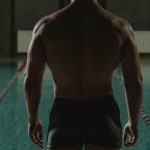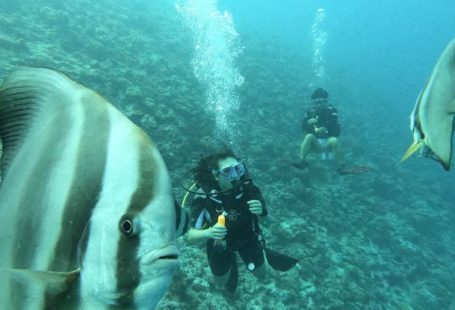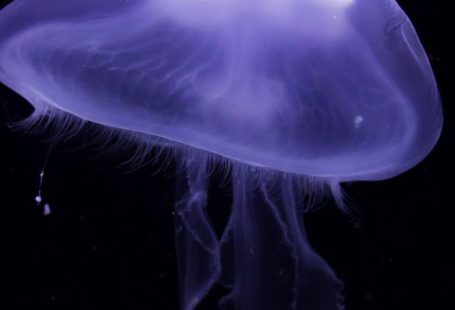Buoyancy is a fundamental skill in the world of diving and swimming. Understanding how to control your buoyancy effectively can enhance your overall experience in the water, whether you are a beginner or an experienced diver. By mastering buoyancy, you can conserve energy, improve your diving efficiency, and protect the delicate marine environment. In this article, we will explore tips and techniques to help you become a buoyancy master.
The Basics of Buoyancy
Buoyancy is the ability of an object to float in a liquid or gas. In scuba diving, mastering buoyancy control allows divers to maintain a specific depth underwater without constantly sinking or rising. Achieving neutral buoyancy, where you neither sink nor float, is the goal for many divers as it allows for a smooth and effortless dive experience.
Tip 1: Proper Weighting
Proper weighting is crucial for achieving optimal buoyancy control. Before your dive, conduct a buoyancy check by floating at eye level with a nearly empty tank. If you sink, you are overweighted; if you float with difficulty, you are underweighted. Adjust your weight system accordingly to achieve neutral buoyancy.
Tip 2: Breathing Control
Your breathing plays a significant role in buoyancy control. Practice slow, deep breaths to maintain a consistent buoyancy level. Inhaling deeply will make you more buoyant, while exhaling will decrease your buoyancy. By mastering your breathing patterns, you can fine-tune your buoyancy control underwater.
Techniques for Buoyancy Mastery
Buoyancy Control with BCD
Your Buoyancy Control Device (BCD) is a key tool for buoyancy control. By adding air to your BCD, you increase your buoyancy and ascend, while releasing air decreases your buoyancy and allows you to descend. Practice using your BCD to make small adjustments in your depth and achieve neutral buoyancy effortlessly.
Hovering Techniques
Hovering is a skill that requires practice but is essential for mastering buoyancy. To hover effectively, maintain a horizontal position in the water and make small adjustments with your fins and breathing to stay in place. Avoid excessive movements that can disturb the water around you and lead to uncontrolled buoyancy changes.
Trim and Body Positioning
Achieving proper trim and body positioning can significantly impact your buoyancy control. Keep your body streamlined and horizontal in the water to reduce drag and maintain stability. Adjust your weight distribution to achieve a balanced position that allows for optimal control over your buoyancy.
Fine-Tuning Buoyancy
Mastering buoyancy is an ongoing process that requires practice and attention to detail. Experiment with different weighting systems, practice breathing control, and focus on refining your buoyancy techniques during each dive. By continuously honing your skills, you can become a buoyancy master and enjoy a more rewarding diving experience.
Environmental Considerations
Lastly, it is essential to be mindful of the marine environment while mastering buoyancy. Avoid touching or kicking the delicate coral reefs and marine life, as these actions can have a detrimental impact on the ecosystem. By maintaining good buoyancy control and respecting the underwater environment, you can contribute to the preservation of our oceans for future generations to enjoy.
In conclusion, mastering buoyancy is a key aspect of diving that can enhance your underwater experience. By following the tips and techniques outlined in this article, you can improve your buoyancy control, conserve energy, and protect the marine environment. Remember to practice regularly, focus on breathing control, and refine your techniques to become a buoyancy master in the water.




